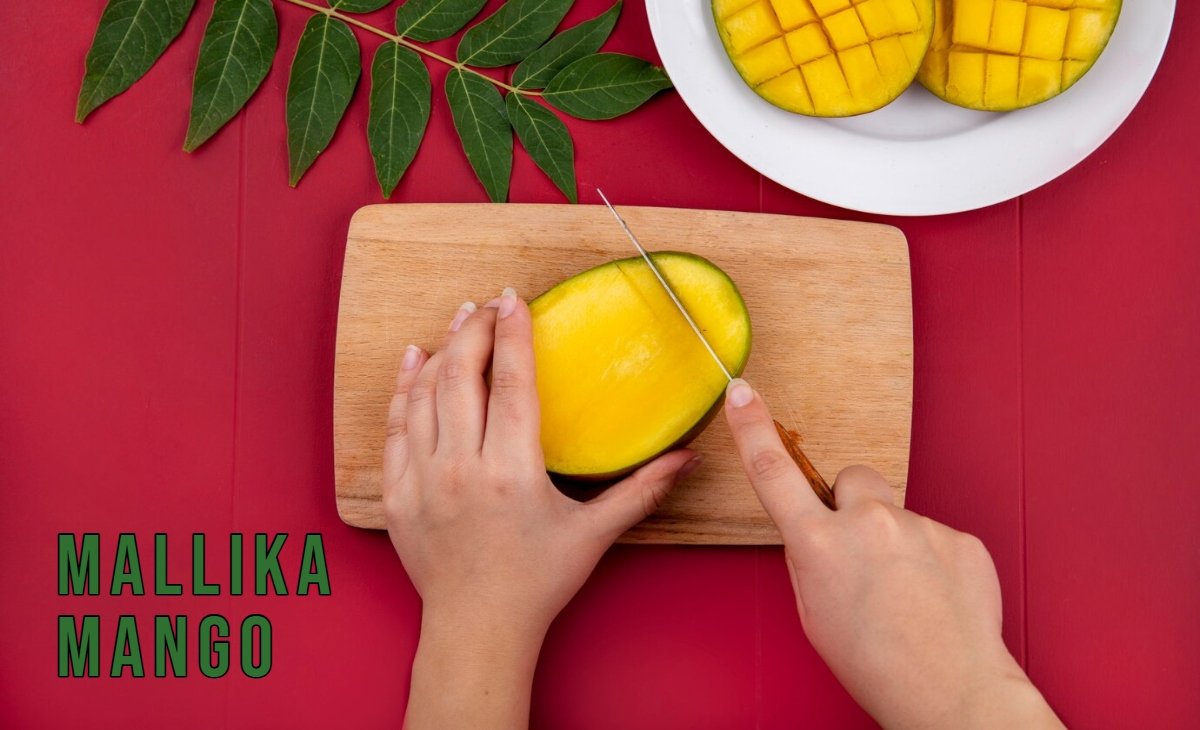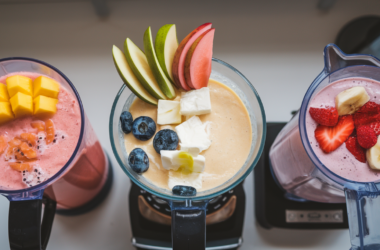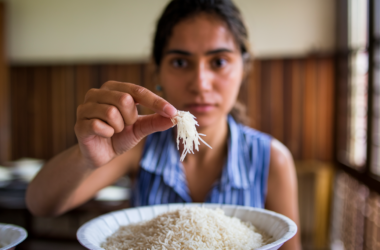Mallika mango, a prized treasure among tropical fruits, is renowned for its exceptional sweetness, vibrant color, and irresistible fragrance. Bred by crossing the popular Neelum and Dasheri varieties, the Mallika mango brings together the best attributes of both, creating an experience that’s nothing short of divine for mango lovers. In the world of horticulture, culinary arts, and even home gardening, this mango stands as a symbol of taste and excellence. Let’s embark on a flavorful journey to discover everything about this remarkable fruit, from its origins to its cultivation, nutritional benefits, and market demand.
Mallika Mango
The story of Mallika mango begins with a desire to combine the aromatic sweetness of Dasheri with the unique robustness of Neelum. Scientists at the Indian Agricultural Research Institute accomplished this, creating a hybrid that quickly captured hearts and taste buds alike. Distinguished by its elongated shape, bright golden-yellow skin, and minimal fiber content, Mallika mango promises a melt-in-the-mouth experience. Whether consumed fresh, juiced, or incorporated into desserts, it never fails to deliver a burst of rich, sugary flavor.
You May Also Like: Dragon Fruit Benefits That May Surprise You
Origin and History of Mallika Mango
Mallika mango first emerged from meticulous breeding programs aimed at enhancing disease resistance and flavor profile. Developed in India during the 1970s, it was specifically crafted to meet the evolving tastes of both local and international consumers. Given India’s deep-rooted connection with mangoes, Mallika was embraced with great enthusiasm and quickly spread to regions like Southeast Asia, Africa, and parts of the Americas.
Characteristics That Define Mallika Mango
Mallika mango boasts a vivid golden hue once ripened, with a smooth, thin peel that’s easy to remove. The pulp is juicy, sweet, and virtually fiberless, making it perfect for direct consumption. An average Mallika mango weighs between 250 and 400 grams, and it ripens to a delightful aroma that fills any room it graces.
Why Mallika Mango Stands Out Among Hybrids
While many hybrid mangoes strive to balance taste and yield, Mallika uniquely offers a blend of superior sweetness, extended shelf life, and impressive disease resistance. Unlike its parent varieties, it exhibits a natural tolerance to common fungal infections and pests, making it a favorite for organic and traditional farmers alike.
Ideal Climate and Soil for Growing Mallika Mango
Mallika mango thrives in tropical and subtropical climates. It prefers temperatures ranging from 24°C to 30°C and requires moderate rainfall. Well-drained, sandy loam soil rich in organic matter is ideal. A soil pH of 5.5 to 7.5 ensures optimal nutrient availability for healthy growth.
How to Cultivate Mallika Mango Successfully
For successful Mallika mango farming, selecting disease-free saplings is crucial. Grafting onto robust rootstocks ensures stronger trees and faster fruiting. Proper spacing of 8 to 10 meters between trees, regular pruning, and balanced fertilization programs result in a healthier, more productive orchard.
Essential Care Tips for Mallika Mango Trees
Young Mallika trees require protection from extreme heat and heavy rains. Mulching around the base conserves moisture and controls weeds. During the first few years, it is vital to shape the canopy through careful pruning to enhance air circulation and light penetration.
Common Pests and Diseases Affecting Mallika Mango
Though relatively hardy, Mallika mangoes are susceptible to common pests like mealybugs and fruit flies. Preventive spraying with neem oil and maintaining orchard hygiene greatly reduce risks. Regular inspection ensures early detection and treatment of issues like anthracnose and powdery mildew.
Flowering and Fruiting Season for Mallika Mango
Mallika mango typically flowers from January to March, with fruits ready for harvest between June and July. In some regions, farmers achieve a second minor crop season through advanced horticultural techniques such as pruning and regulated irrigation.
Harvesting Mallika Mango at the Right Time
Mallika mangoes must be harvested when they turn slightly yellow with a fruity aroma but before full ripening on the tree. Premature plucking or delayed harvesting can impact flavor, sweetness, and shelf life significantly.
Post-Harvest Handling and Storage
After harvesting, Mallika mangoes should be cured in a shaded, well-ventilated area to allow ripening. Proper grading, packing in cushioned crates, and cold storage at 13°C can extend shelf life up to three weeks without compromising quality.
Mallika Mango Nutritional Benefits
Every bite of Mallika mango is a powerhouse of nutrients. Rich in vitamins A and C, dietary fiber, and natural sugars, it boosts immunity, aids digestion, and offers antioxidant properties that protect against cellular damage.
Culinary Uses of Mallika Mango
From luscious smoothies and mango lassis to exquisite jams, sorbets, and salads, this mango’s sweet, aromatic pulp lends itself to a wide range of culinary creations. Chefs adore its balance of sweetness and acidity for innovative recipes.
Mallika Mango in Ayurveda and Traditional Medicine
In Ayurvedic medicine, this mango is revered for its cooling properties and digestive benefits. It is often recommended for balancing Pitta dosha and providing natural energy during hot summer months.
Economic Importance of Mallika Mango Farming
Due to its high market value and export potential, cultivating this mango can be a lucrative venture. It is increasingly favored by farmers seeking higher returns and by exporters targeting premium international markets.
Export Potential of Mallika Mango
Countries like the USA, UAE, and the UK exhibit growing demand for Mallika mangoes, thanks to their unique flavor profile and longer shelf life. Compliance with phytosanitary regulations and quality certification opens vast export opportunities.
Organic Farming Practices for Mallika Mango
Many farmers are turning to organic cultivation methods for this mango to tap into the health-conscious consumer segment. Techniques like composting, natural pest control, and biodynamic farming enhance soil health and fruit quality.
Urban Gardening: Growing Mallika Mango in Pots
For city dwellers, dwarf varieties of Mallika mango can be cultivated in large pots or containers. With proper care, watering, and occasional root pruning, one can enjoy homegrown mangoes right from a balcony or terrace.
Challenges in Mallika Mango Farming
Despite its many advantages, this mango farming presents challenges like climate variability, pest outbreaks, and market price fluctuations. Farmers must stay updated on best practices and adopt modern technologies to mitigate risks.
Innovations in Mallika Mango Cultivation
Innovations like drip irrigation, integrated pest management, and precision agriculture tools have revolutionized this mango farming. These techniques not only increase yield but also enhance fruit quality sustainably.
Sustainability in Mallika Mango Farming
Sustainable farming practices such as intercropping, rainwater harvesting, and organic fertilizers ensure that this mango cultivation benefits the environment while remaining economically viable.
Buying Mallika Mango Online
Thanks to e-commerce, buying fresh Mallika mangoes online has become easy and convenient. Trusted websites and specialized mango farms offer direct-to-door delivery of premium-quality fruits during the harvest season.
How to Identify Authentic Mallika Mango
When buying, look for medium-sized, golden-yellow fruits with a strong, sweet fragrance. Avoid mangoes with excessive spots or an artificially shiny surface, which could indicate chemical ripening.
Price Trends of Mallika Mango
Prices of Mallika mango vary based on factors such as region, cultivation method (organic vs conventional), and seasonal availability. Premium organic fruits can command significantly higher rates in both local and international markets.
Tips for Storing Mallika Mango at Home
Store unripe mangoes at room temperature, preferably wrapped in newspaper to accelerate ripening. Once ripe, refrigerate to preserve flavor and texture for up to a week.
Conclusion
Mallika mango is more than just a delicious tropical fruit. It represents the culmination of careful scientific breeding, cultural reverence for mangoes, and a commitment to sustainable farming practices. Whether you’re a farmer, a gardener, a food enthusiast, or simply a mango lover, this mango has something special to offer. By understanding its cultivation techniques, health benefits, and market dynamics, you can fully appreciate and even profit from this sweet marvel.








